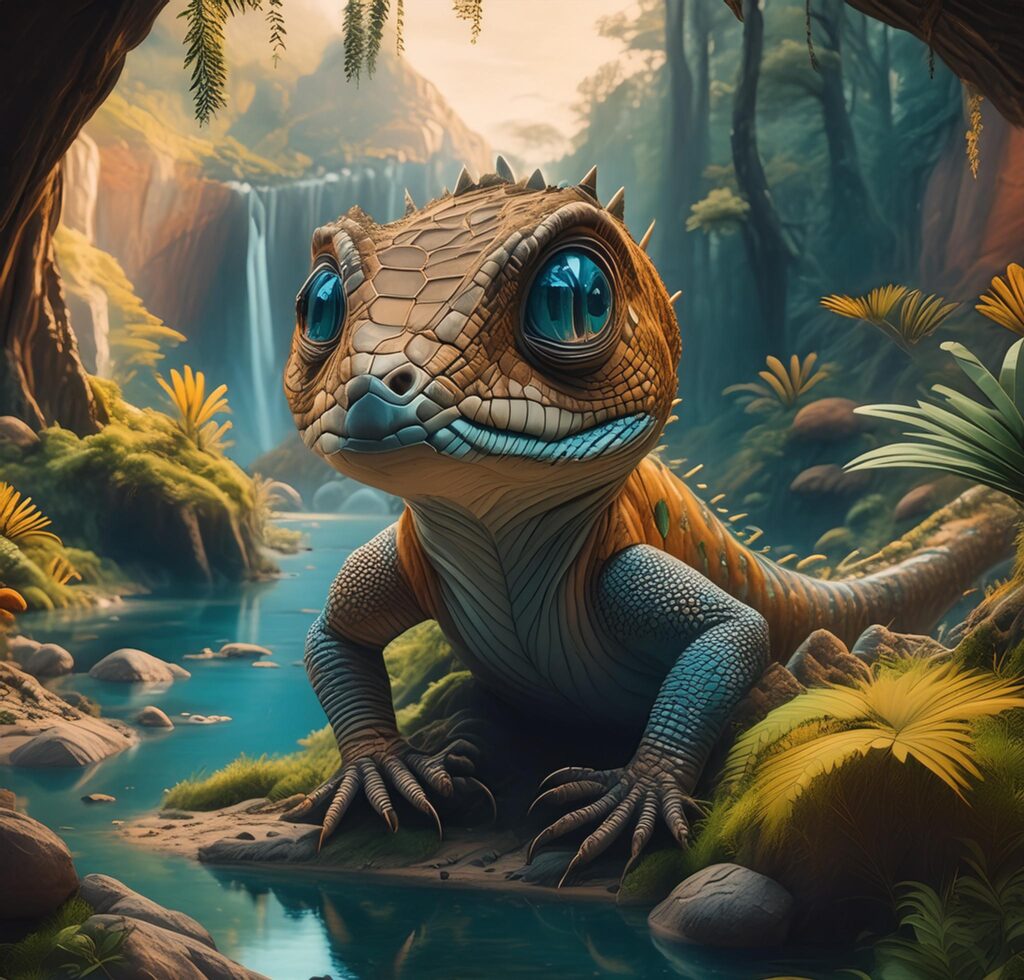Microhabitats: A Comprehensive Guide to Reptile Survival

Microhabitats play a crucial role in the survival of reptiles, providing them with the specific environmental conditions they need to thrive. These small-scale habitats offer essential resources such as shelter, food, and suitable temperature ranges that are vital for the day-to-day survival and long-term viability of reptile populations. Understanding the significance of microhabitats can inform conservation efforts and habitat management practices, ensuring the protection and sustainability of these fascinating creatures.
What are Microhabitats?
Microhabitats are small, distinct areas within a larger habitat that offer specific conditions and resources necessary for certain organisms. For reptiles, microhabitats can include rock crevices, fallen logs, leaf litter, and ponds. These microenvironments provide critical elements such as moisture, shade, temperature regulation, and protection from predators, making them indispensable for reptile survival.
Key Functions of Microhabitats
1. Thermoregulation
Reptiles are ectothermic, meaning they rely on external sources of heat to regulate their body temperature. Microhabitats offer a variety of thermal environments that reptiles can use to maintain their preferred body temperatures. For example:
- Basking Sites: Sunlit rocks and open areas allow reptiles to warm up during cooler parts of the day.
- Shade and Shelter: Dense vegetation, burrows, and rock crevices provide cooler areas where reptiles can escape the heat and avoid overheating.
2. Shelter and Protection
Microhabitats provide essential shelter and protection from predators and environmental stressors. This includes:
- Hiding Places: Leaf litter, fallen logs, and rock piles offer concealment from predators and safe spots for resting.
- Breeding Sites: Specific microhabitats such as burrows and crevices are used for laying eggs and raising young, providing a secure environment for reproductive activities.
3. Food and Foraging Grounds
Microhabitats often harbor abundant food resources that reptiles depend on. For instance:
- Insect-Rich Areas: Leaf litter and decaying wood are rich in insects, which are a primary food source for many reptiles.
- Water Sources: Ponds and streams provide hydration and support populations of amphibians and fish that some reptiles prey upon.
Examples of Reptiles and Their Microhabitats
Desert Tortoise (Gopherus agassizii)
The desert tortoise relies on burrows for thermoregulation and protection from predators. These burrows maintain a stable temperature and humidity level, critical for the tortoise’s survival in the harsh desert environment. Burrows also serve as safe places for hibernation during extreme weather conditions.
Green Anole (Anolis carolinensis)
Green anoles utilize a variety of microhabitats within their range, including tree branches, shrubs, and leaf litter. These microhabitats provide the necessary cover and foraging grounds where they can hunt insects and avoid predators.
European Pond Turtle (Emys orbicularis)
This turtle species relies on a combination of aquatic and terrestrial microhabitats. Ponds and slow-moving streams are crucial for feeding and breeding, while surrounding terrestrial areas offer basking sites and nesting grounds.
Conservation Implications
The preservation and restoration of microhabitats are vital for reptile conservation. Habitat destruction, climate change, and human activities can significantly impact the availability and quality of microhabitats, leading to declines in reptile populations. Effective conservation strategies should focus on:
- Habitat Protection: Safeguarding critical habitats from development and degradation to ensure the availability of essential microhabitats.
- Restoration Projects: Rehabilitating damaged ecosystems to restore microhabitats, including replanting native vegetation and reconstructing natural water sources.
- Landscape Connectivity: Ensuring that microhabitats are connected within the landscape to allow reptiles to move freely and access the resources they need.
Conclusion
Microhabitats are indispensable for the survival of reptiles, providing the specific environmental conditions necessary for their daily activities and overall well-being. Recognizing the importance of these small-scale habitats and integrating their protection into broader conservation efforts is crucial for maintaining healthy reptile populations. By preserving and enhancing microhabitats, we can support the intricate web of life that depends on these vital ecological niches.
Also Read: Top Reptile-Friendly Landscapes and Urban Areas: A Comprehensive Guide

What do you think?
Show comments / Leave a comment